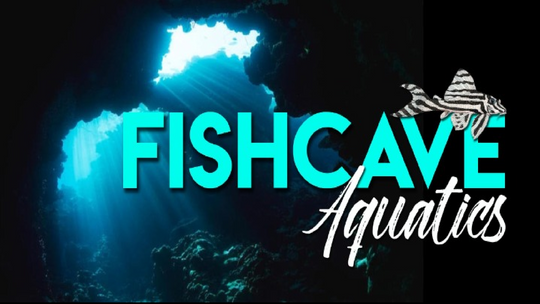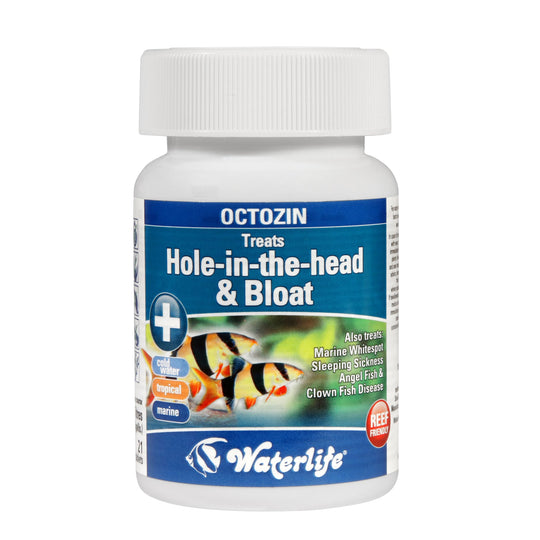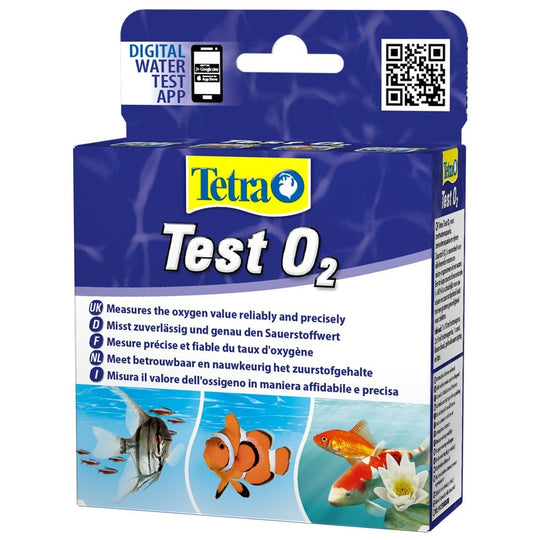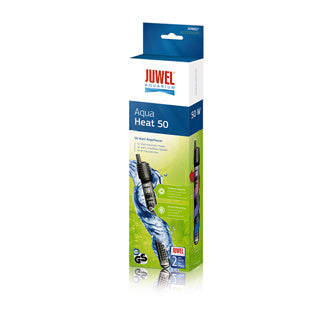- Regular price
- £18.00
Origin:
The Honeycomb Driftwood Catfish is known from swiftly flowing rivers, preferring the shallow littoral zones where there is little to no vegetation, lots of rocks, and a sandy substrate.
Other Known Names:
Centromochlus Perugiae, Tatia Perugiae
Tank Set Up:
This secretive spotted catfish requires a mature aquarium with a soft sand substrate and plenty of shady hiding places amongst the crevices in rocky caves, driftwood pieces, bamboo tubes etc. Although plants are largely absent from its natural habitat, they can be very useful in shading out bright lighting and providing additional hiding places.
Some aquarists like to add a blue moon light to the aquarium, that switches on just before the main lights turn off, so that they can view the natural behaviour of these catfish for a few hours during the evening.
Tank Mates:
Robust species such as Java Fern and Anubias sp. are good choices, as they often cope well with moderate current, which Honeycomb Driftwood Catfish prefer. This peaceful, gregarious species is best kept in groups of 5 or more, and is safe with most community fish; however, adults will predate on very tiny fish or small fry, so choose tankmates with care. Largely nocturnal, they will spend much of the day hidden, but can usually be coaxed out with bloodworms, for which they will quickly emerge and feed in quite a frenzy, usually from the surface.
Diet:
Small meaty frozen foods such as bloodworm, white mosquito larvae, vitamin-enriched brineshrimp, daphnia etc, along with a variety of slow-sinking catfish pellets/tablets. Feeding should take place at night or under blue moon lighting so that the fish feel safe enough to venture out and feed; however, they are greedy eaters, so do be careful not to overfeed.
Water Parameters:
Will acclimatise to a wide range of conditions. pH: 5.5-7.8, dH: up to 20 degrees.
| Synonyms | Centromochlus perugiae, Tatia perugiae |
| Distribution | Brazil, Ecuador, and Peru. |
| Maximum Size | 7cm (2.8") |
| Temperature | 25-28°C |
| Water Parameters | Will acclimatise to a wide range of conditions. pH: 5.5-7.8, dH: up to 20 degrees. |
| Compatibility | Community |
| Lighting | Dim (can be brighter if diffused by plants). |
| Sexual Dimorphism | Male fish posses a modified anal fin, similar to the gonopodium in livebearing toothcarps. |
| Feeding | Catfish pellets, granules, flake and frozen foods |
Customer Service
Customer Service
Post your customer service details here.
Return Policy
Return Policy
Post your policy conditions details here.





